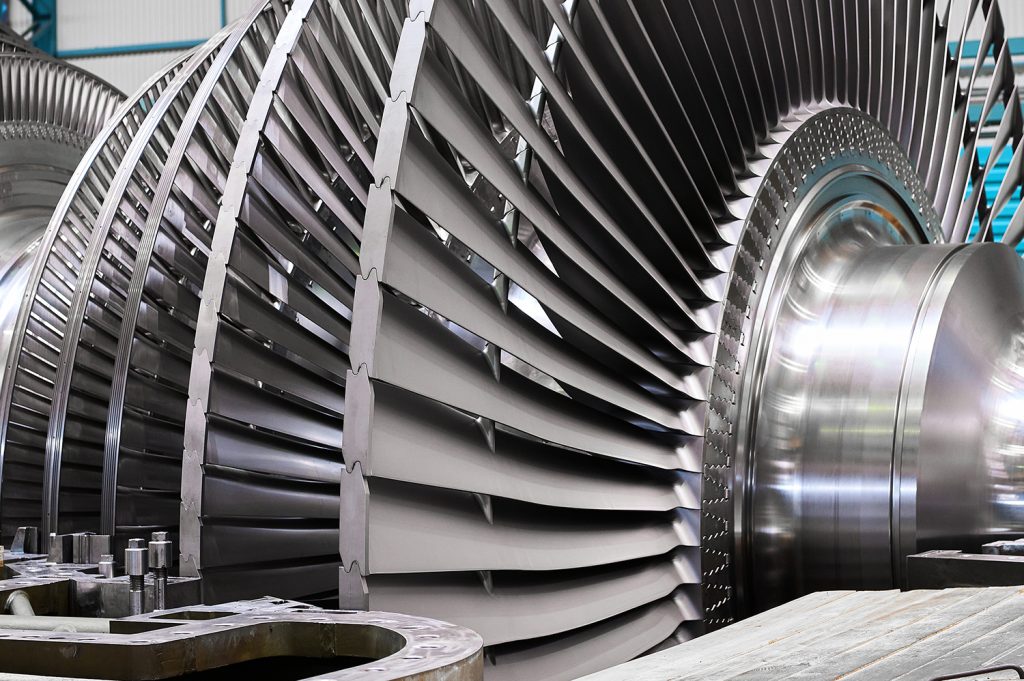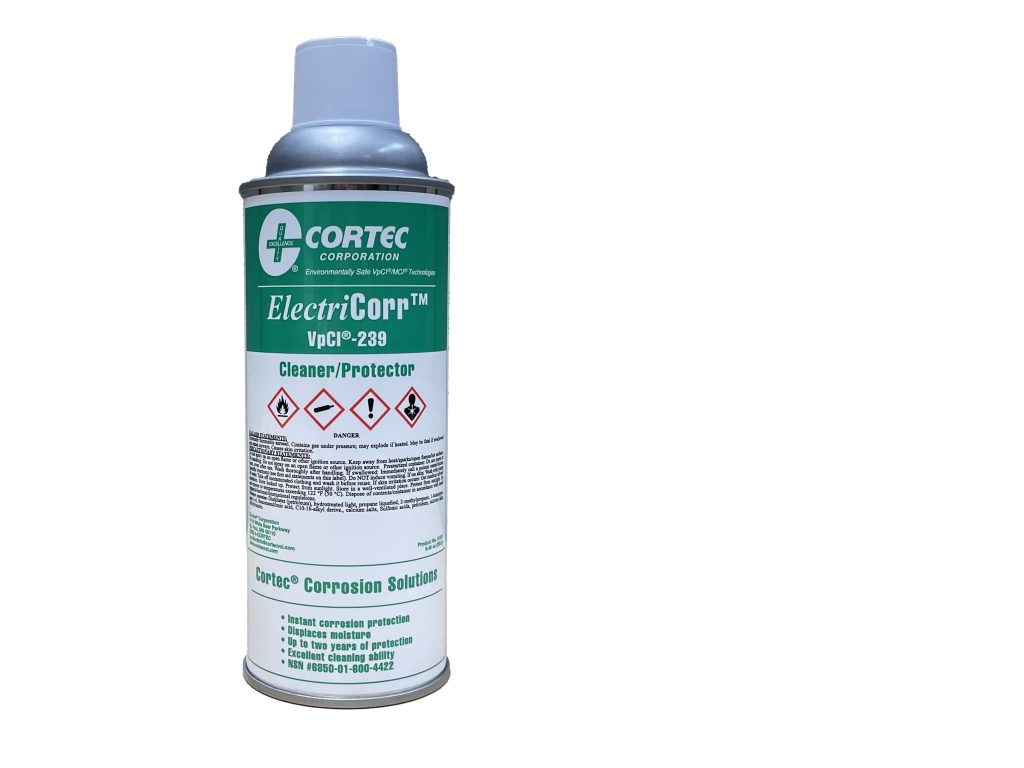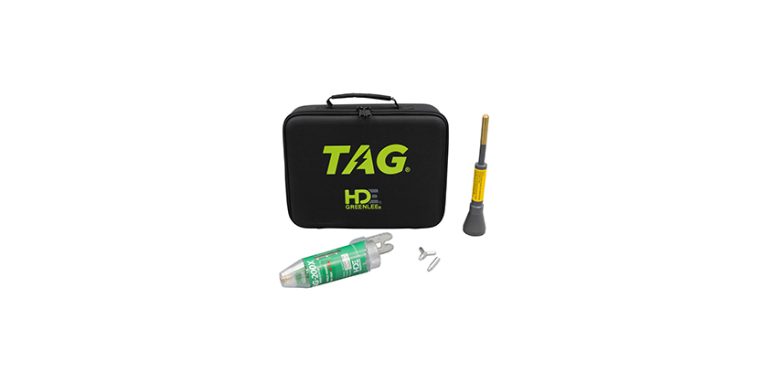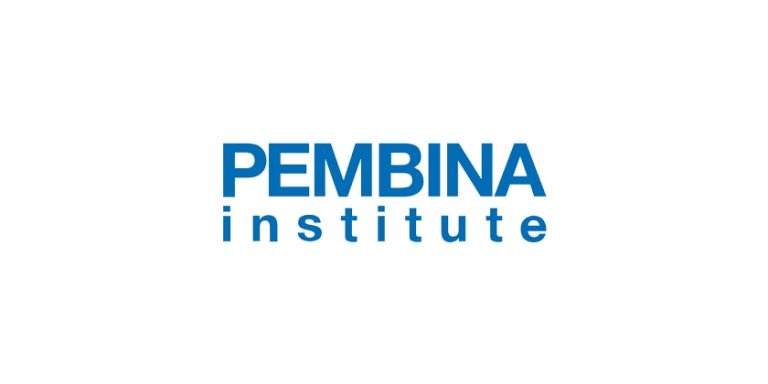Cortec: Tips for Restoring Rusty Turbines to Tip-Top Condition

October 22, 2024
Turbines are critical power plant assets that are both dynamic and vulnerable at the same time. Keeping them in pristine condition is ideal for maximum efficiency and service life. However, some environments naturally set this ideal up for failure. Salt buildup on turbine blades in coastal power plants can slow down rotation and power generation. Likewise, H2S and various minerals in geothermal steam can create problems from corrosion and scale buildup. For any power gen facility facing these challenges, Cortec® suggests a few simple tips for restoring turbines to like-new condition and keeping them that way until startup.
Light Cleaning and Protection
If periodic inspection reveals light rust or grime on the turbine, ElectriCorr™ VpCI®-239 may be the only chemistry needed. This aerosol product works in two ways. First, it can be sprayed on turbine blades and shafts to loosen and clean away light buildup of materials. Second, a light coating of ElectriCorr™ VpCI®-239 may be sprayed over cleaned surfaces and allowed to dry, leaving a protective layer for short-term corrosion inhibition until the turbine is started up again.

Jim Holden, Engineering and Technical Sales Manager at Cortec® Global Services (CGS), Inc., has worked extensively with turbines and suggests a similar procedure whenever maintenance takes a turbine out of service: “What I normally recommend to people doing turbine inspections, repairs, outage work, is when they open the unit up and remove the rotor, that they take and spray it with . . . rust preventatives . . . and then, each time you take and work on a piece of equipment, at the end of the day you just . . . lightly spray it. I’ve done that multiple times building big turbines.” Of the spray can rust preventatives available, he said, “Electricorr™ 239 has become my favorite and many people’s favorites because it’s so versatile.”
Biobased Rust and Scale Removers
Heavier rust and scale can be cleaned away using biobased chemistries. VpCI®-422, which contains 92% USDA certified biobased content, is a great option when workers are able to immerse the entire rotor in a dip tank and allow it to soak for one to 24 hours. Workers should then rinse the turbine in water and neutralize it with VpCI®-414, an alkaline cleaning solution with flash corrosion inhibitors. VpCI®-423 (which contains 91% USDA certified biobased content) is a gel version of VpCI®-422 designed to cling to surfaces that cannot be dipped. The gel should be left on for shorter or longer periods depending on the severity of the rust. For treatment longer than 20-30 minutes, workers should cover VpCI®-423 with plastic wrap to keep the gel from drying out. The rinsing procedure is the same as for VpCI®-422. For scale removal, EcoClean® Biodegradable Scale and Rust Remover Powered by Nano-VpCI™ offers a powerful “green” chemistry option that contains 100% USDA Certified Biobased Content.
Keep the Rust Off Until Startup
Getting the turbine clean is a good job done, but it does not stop there. Some power plant environments more than others will have trouble maintaining this like-new condition until the turbine can be reinstalled and started up again. For example, one power plant in a coastal area of the Middle East went to the trouble of blasting to remove salt from the turbine, only to have it rust before they could reinstall it. They tried recommendations from their OEM and architectural engineering group, but to no avail. Cortec® suggested removing the new rust with VpCI®-422, thoroughly cleaning the turbine with a dilution of VpCI®-414, and allowing it to dry.

Cortec® recommended spraying ElectriCorr™ VpCI®-239 on all rotor surfaces for ongoing protection. This time, the facility manager insisted that they leave the rotor out for a week to make sure that it stayed rust-free before installing it. They ended up being very happy with the results. The same strategy can be used to achieve several months of protection on shafts, rotors, and turbine casings not exposed to outdoor elements. Once a turbine starts running again, ElectriCorr™ VpCI®-239 should quickly dissolve and disappear in the hot steam without issue.
Take a Tip for ‘Tip-Top’ Turbines
Since corrosion and scale buildup are inevitable in some conditions, it is wise to have a restoration and interim preservation strategy ready when needed. Fortunately, a few key chemistries can go a long way toward keeping turbines in peak condition for maximum efficiency.








